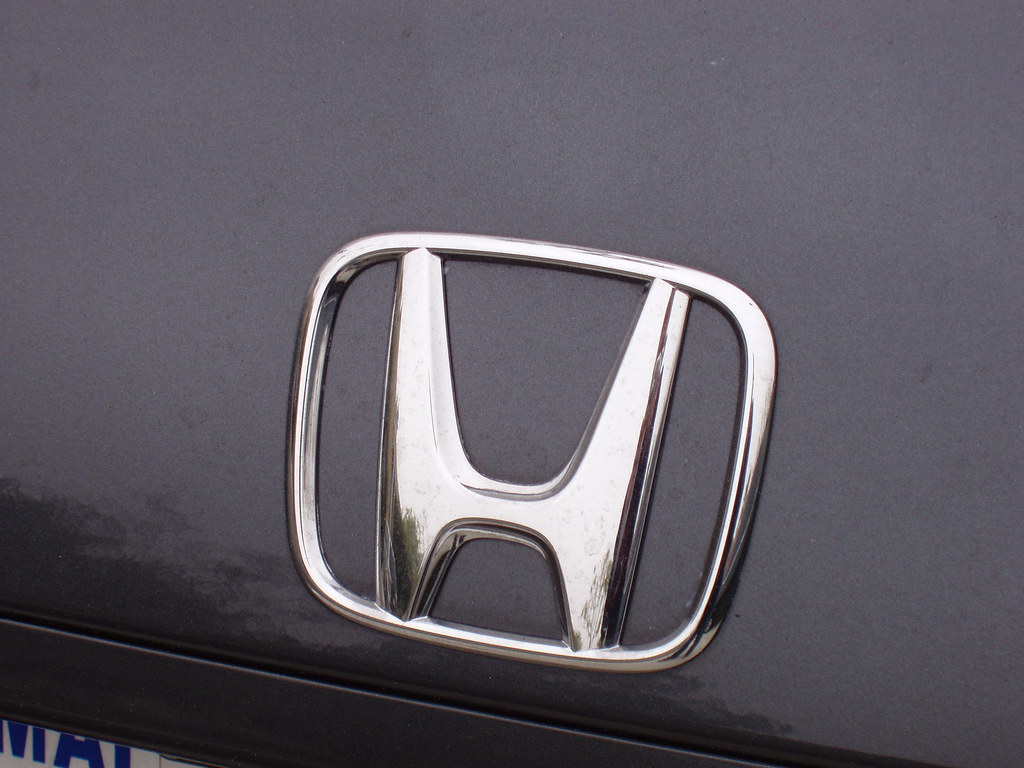
Strolling through bustling cities like New York or Amsterdam, you might spot small four-wheeled electric cargo carriers zipping through bike lanes. These battery-assisted vehicles, known as e-quads, are gaining traction among delivery companies such as Amazon and UPS, helping them bypass traffic congestion that slows traditional box trucks.
Honda’s entry into this growing market is the Fastport eQuad, offered in two sizes built on a shared platform — small and large. Both are smaller than a Mini Cooper but capable of carrying between 320 to 650 pounds. Equipped with pedals and limited to a top speed of 12 mph (20 kph), these vehicles remain legal for bike lanes.
Battery Technology and Software Focus
Powering the Fastport eQuad are Honda’s Mobile Power Pack batteries, weighing just 22 pounds each. These can be swapped quickly via a built-in handle into a caddy behind the cockpit, allowing continuous use throughout the day.
Inside the cockpit, drivers find familiar bike components: a seat, pedals, and windscreen. A digital display assists with navigation. Honda emphasizes the eQuad as a software-defined vehicle, suggesting ongoing updates and enhancements over its lifetime, although specific improvements have not been detailed.
U.S.-bound Fastport eQuads will be manufactured at Honda’s Performance Manufacturing Center in Ohio, where the team previously hand-assembled the Acura NSX supercar. The shift from high-powered sports cars to compact cargo carriers signals Honda’s adaptation to emerging urban mobility needs.
Author’s Opinion
Honda’s move into micromobility with the Fastport eQuad is a smart response to the growing demand for efficient, low-impact urban delivery solutions. As cities become more congested and environmental concerns rise, compact electric cargo vehicles that can utilize bike lanes offer a promising alternative to traditional delivery trucks. While the top speed and payload limit might restrict some uses, the flexibility and software-driven updates position these eQuads as a scalable option for last-mile logistics. This could reshape how goods move in dense urban environments.
Featured image credit: Eric E Johnson via Flickr
For more stories like it, click the +Follow button at the top of this page to follow us.
